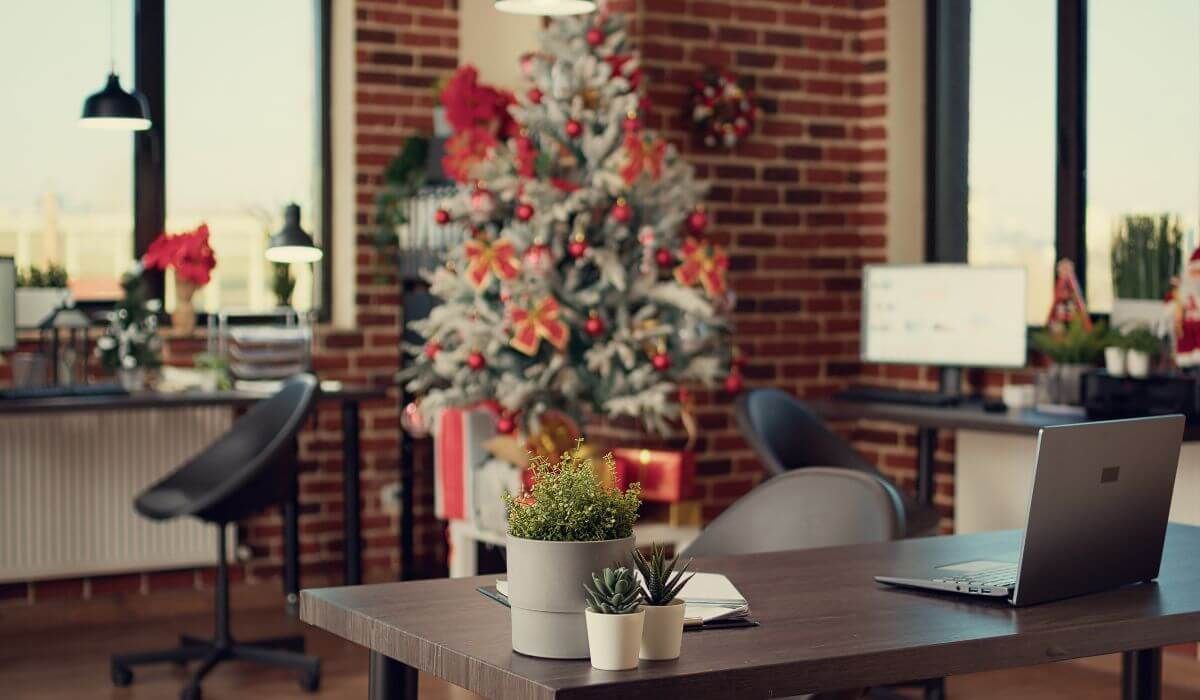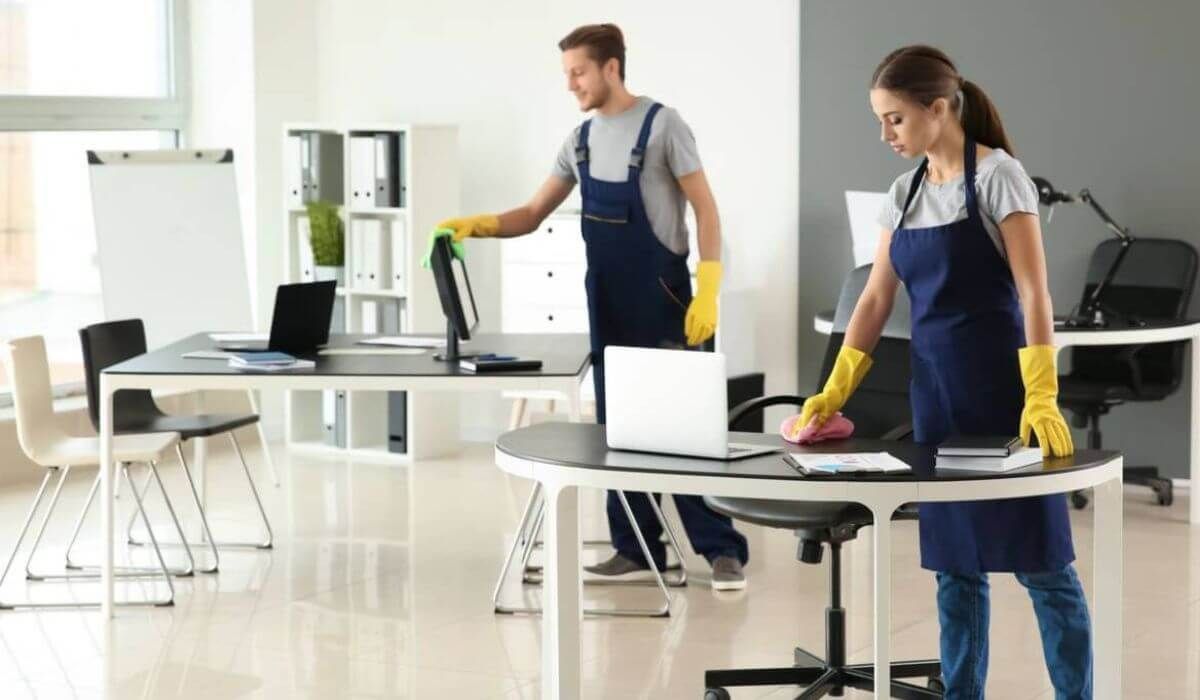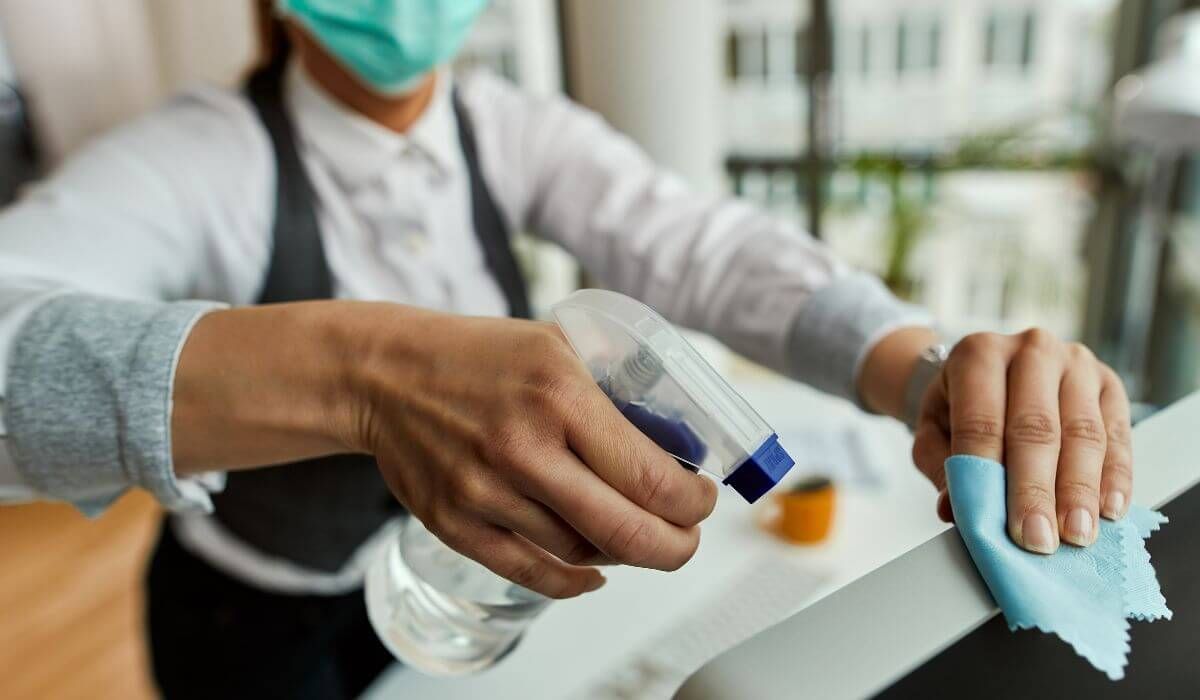Mould Cleaning: Safely Remove Mould in Your Sydney Home
Mould growth is a common issue in many homes, particularly in Sydney, where the humid climate provides the perfect environment for it to thrive. Beyond being unsightly, mould can pose serious health risks if not addressed promptly. This comprehensive guide will walk you through how to safely clean mould in your home, offering expert advice and practical steps to protect your family’s health and keep your home mould-free.
Understanding the Dangers of Mould in Your Sydney Home
Mould can quickly become more than just an aesthetic problem. It poses significant health risks, especially in households with vulnerable individuals such as children, the elderly, or those with pre-existing health conditions.
Health Risks Associated with Mould Exposure
Exposure to mould can lead to various health issues, some of which can be severe:
- Mould Health Effects: Prolonged exposure to mould spores can cause respiratory problems, including coughing, wheezing, and shortness of breath. Individuals with asthma or other respiratory conditions may experience worsened symptoms.
- Respiratory Issues: Inhaling mould spores can trigger allergic reactions, such as sneezing, runny nose, red eyes, and skin rash. In some cases, it can even lead to more serious conditions like fungal infections.
- Allergic Reactions: Mould can also affect the immune system, making individuals more susceptible to other illnesses. Long-term exposure to toxic moulds, like black mould, can cause more severe health problems, including neurological issues.
Common Areas Prone to Mould Growth
Understanding where mould is likely to grow in your home can help you take proactive measures to prevent it:
- Damp Areas: Mould thrives in areas with high moisture levels. Bathrooms, kitchens, and laundry rooms are common hotspots due to the presence of water and steam.
- Bathroom Mould: Shower walls, tiles, and grout are particularly vulnerable to mould growth because they often remain damp after use.
- Kitchen Mould: Sinks, countertops, and areas around the stove can become breeding grounds for mould, especially if not cleaned regularly.
- Hidden Mould: Mould can also grow in hidden areas, such as behind wallpaper, under carpets, or inside walls, often going unnoticed until it becomes a significant problem.
Essential Steps for Safe Mould Cleaning
Once you’ve identified mould in your home, it’s crucial to take the right steps to remove it safely and effectively.
Gathering the Right Mould Cleaning Supplies
Before you begin cleaning, make sure you have the necessary tools and supplies:
- Mould Removal Tools: A scrub brush, sponge, and a spray bottle are essential for scrubbing mould off surfaces. For larger areas, a vacuum with a HEPA filter can help remove spores from the air.
- Safe Cleaning Products: Use mould-specific cleaning solutions that are designed to kill mould spores effectively. A mixture of vinegar and baking soda can also be a safe and natural alternative.
- Protective Gear: Wear gloves, a mask, and protective eyewear to prevent contact with mould spores. This gear is crucial for protecting your skin, eyes, and respiratory system during the cleaning process.
Step-by-Step Guide to Mould Removal
Follow these steps to safely and effectively clean mould from your home:
- Identify the Affected Areas: Inspect your home to find all areas affected by mould. Pay special attention to damp or humid spots.
- Prepare the Area: Ensure proper ventilation by opening windows and doors. Lay down plastic sheeting to protect surrounding areas and prevent the spread of mould spores.
- Apply the Cleaning Solution: Spray the affected area with a mould-specific cleaner or your vinegar and baking soda mixture. Allow it to sit for at least 15 minutes to penetrate and kill the mould.
- Scrub the Surface: Use a scrub brush to remove the mould. Be thorough, especially on porous surfaces, where mould can penetrate deeper.
- Rinse and Dry: After scrubbing, rinse the area with clean water and dry it completely. Moisture is a key factor in mould growth, so ensuring the area is dry is essential.
- Dispose of Contaminated Materials: Seal any rags, sponges, or other disposable items used in cleaning in a plastic bag and throw them away. Clean your protective gear and wash your clothes immediately.
Preventing Mould Recurrence in Your Home
Cleaning mould is only the first step; preventing it from coming back is equally important. By taking proactive measures, you can keep your home mould-free.
Tips for Reducing Humidity Levels
Humidity is one of the main contributors to mould growth. Reducing humidity in your home can significantly decrease the chances of mould returning:
- Humidity Control: Keep indoor humidity levels below 60%. Use a hygrometer to monitor humidity levels in different areas of your home.
- Dehumidifiers: Consider using dehumidifiers in particularly humid areas, such as basements or bathrooms, to keep moisture levels in check.
- Ventilation Tips: Ensure proper ventilation in moisture-prone areas. Use exhaust fans in bathrooms and kitchens, and open windows whenever possible to increase air circulation.
Regular Maintenance to Prevent Mould Growth
Routine maintenance and cleaning can go a long way in preventing mould from growing in your home:
- Moisture Prevention: Address any leaks or water damage immediately. Repairing leaky pipes, roofs, and windows will prevent moisture buildup that could lead to mould growth.
- Routine Cleaning: Regularly clean areas that are prone to mould, such as bathrooms and kitchens, using mould-preventive cleaners.
- Home Maintenance: Inspect your home periodically for signs of mould growth, especially in hidden areas. Address any issues promptly to prevent a small problem from becoming a larger one.
When to Call a Professional Mould Cleaning Service
While small patches of mould can often be handled by homeowners, there are situations where professional help is necessary.
Signs You Need Expert Help with Mould Removal
If you notice any of the following signs, it’s time to call in the professionals:
- Severe Mould Infestation: If the mould covers a large area (more than 10 square feet) or if it has penetrated deep into walls or other porous materials, professional remediation is recommended.
- Professional Mould Remediation: Professionals have the tools and expertise to remove mould completely and safely, reducing the risk of recurrence.
- Mould Cleaning Experts: Experts can also identify and address the root cause of the mould, such as hidden leaks or poor ventilation, ensuring the problem doesn’t return.
Choosing the Right Mould Cleaning Service in Sydney
When selecting a mould cleaning service in Sydney, consider the following factors:
- Mould Cleaning Company: Choose a company with experience in dealing with mould in residential settings. Look for reviews and testimonials from previous clients.
- Professional Cleaning Service: Ensure the service is licensed and insured, offering guarantees for their work.
- Sydney Mould Removal: A local company will be familiar with the specific challenges of mould in Sydney’s climate, allowing them to provide more effective solutions.
Conclusion
Mould is not just a cosmetic issue; it’s a health hazard that needs to be addressed with care and precision. By following the steps outlined in this guide, you can safely and effectively remove mould from your Sydney home and prevent it from coming back. Remember, if the mould problem is extensive, don’t hesitate to call in professionals who can ensure your home is safe and mould-free. Prevention is key, so take the necessary steps to keep your home dry, well-ventilated, and regularly maintained.
FAQs About Mould Cleaning
What are the health risks of mould in the home?
Mould can cause respiratory issues, allergic reactions, and other health problems, especially in children, the elderly, and those with pre-existing conditions. It's important to address mould problems promptly to protect your family's health.
Can I clean mould myself, or do I need a professional?
Small mould patches can often be cleaned safely by homeowners, but extensive mould infestations should be handled by professionals to ensure thorough removal and prevent recurrence.
What cleaning products are safe to use on mould?
Use mould-specific cleaning solutions or a mixture of vinegar and baking soda. Avoid using bleach, as it can sometimes worsen the problem by not fully penetrating porous surfaces.
How can I prevent mould from returning after cleaning?
Reduce humidity levels, ensure proper ventilation, and regularly inspect and clean areas prone to moisture buildup to prevent mould from returning.



